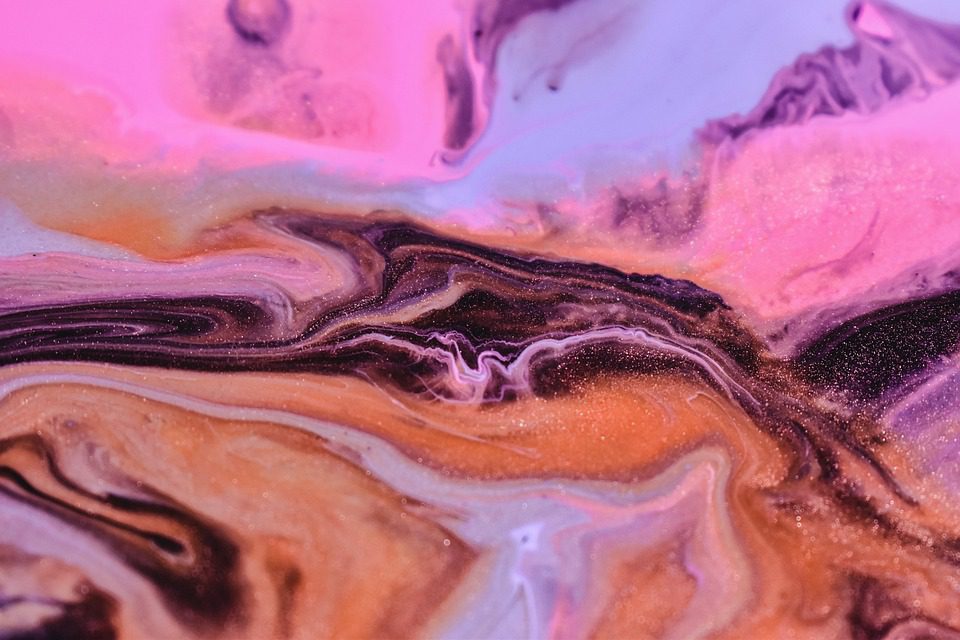American traditional acrylic painting is a rich and vibrant art form that has been a cornerstone of the American artistic landscape for generations. From the classic landscapes of the Hudson River School to the bold, colorful works of the Abstract Expressionists, American traditional acrylic painting has left an indelible mark on the art world.
One of the defining characteristics of American traditional acrylic painting is its commitment to capturing the beauty and essence of the American landscape. Artists such as Thomas Cole and Albert Bierstadt were pioneers in this regard, creating sweeping, epic landscapes that celebrated the grandeur of the American wilderness. Their work often focused on themes of Manifest Destiny and the frontier spirit, reflecting the optimism and ambition of the early American pioneers.
As the country grew and changed, so too did the themes and styles of American traditional acrylic painting. The rise of urbanization and industrialization in the late 19th and early 20th centuries brought about a new wave of American painters who sought to capture the energy and dynamism of modern American life. Artists such as Edward Hopper and Georgia O’Keeffe experimented with bold colors and abstract forms, creating works that reflected the changing social and cultural landscape of America.
In the mid-20th century, American traditional acrylic painting underwent another transformation with the emergence of the Abstract Expressionist movement. Artists such as Jackson Pollock, Willem de Kooning, and Mark Rothko embraced a more spontaneous and gestural approach to painting, creating works that were characterized by bold brushstrokes, dynamic compositions, and a sense of emotional intensity. These artists pushed the boundaries of traditional acrylic painting, breaking free from representational constraints and exploring the possibilities of abstraction.
Today, the legacy of American traditional acrylic painting continues to thrive, with artists across the country drawing on the rich history and tradition of the medium to create new and innovative works. From the realistic landscapes of contemporary American painters like Andrew Wyeth to the colorful, abstract compositions of artists like Helen Frankenthaler, American traditional acrylic painting remains a vital and dynamic force in the art world.
In conclusion, American traditional acrylic painting has left an enduring legacy that continues to shape and influence the way we see and understand the world around us. From the early pioneers of the Hudson River School to the bold innovators of the Abstract Expressionist movement, American traditional acrylic painting has never been afraid to push boundaries, challenge conventions, and explore new possibilities. As we continue to explore the legacy of American traditional acrylic painting, we are reminded of the enduring power and beauty of this unique and quintessentially American art form.




